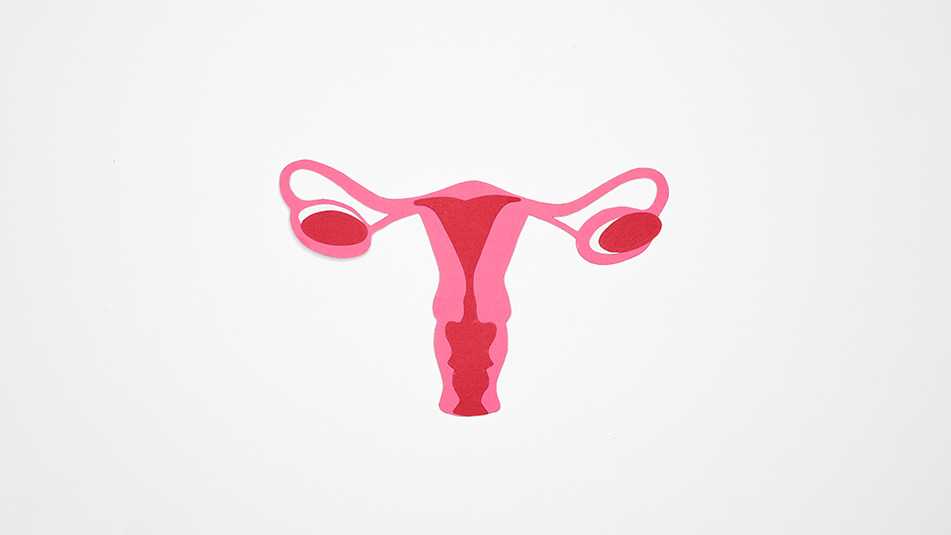Two of Australia’s leading researchers in the fight against ovarian cancer have been awarded more than $1 million by the Ovarian Cancer Research Foundation (OCRF) for projects on early detection and effective treatment combinations.
The OCRF has awarded University of Newcastle Professor Pradeep Tanwar $596,000 for a project working to develop a blood test for early detection of ovarian cancer.
Meanwhile, QIMR Berghofer Medical Research Institute Associate Professor Stacey Edwards has been awarded up to $495,000 to investigate the effectiveness of different treatment combinations.
“The OCRF has the expertise to identify ovarian cancer research projects that will have the greatest impact on the largest number of women and girls. “Since 2001, we have allocated more than $18 million into funding research into ovarian cancer – the most lethal female cancer – to improve lives today and save lives tomorrow,” said OCRF CEO Lucinda Nolan.
Professor Tanwar’s project is working to develop a novel biomarker into a blood test to detect ovarian cancer in its earliest stages. A previous OCRF-supported project allowing Professor Tanwar to collect tissue samples from women with a family history of ovarian cancer enabled his team to uncover a promising blood-based biomarker and test it on 30 women with a family history of ovarian cancer.
His team will now conduct tests on 2000 women, half of whom have invasive or borderline ovarian cancer, and half who do not. This will determine whether the test can achieve the specificity and sensitivity required in a larger cohort of women.
Nolan said an accurate early detection test could save 8000 Australian women over a decade. “There is no early detection test for ovarian cancer. A cervical screening test (Pap smear) does not detect ovarian cancer,” she said.
“Every day we go without ovarian cancer screening is a day too late. “The OCRF is Australia’s largest funder of early detection research, and we will continue to fund various research projects with different approaches until we get an effective test that can be applied population-wide.”
Meanwhile, Associate Professor Edwards is focused on finding new and more effective treatments for ovarian cancer that also manage recurrence of the disease. This project focuses on the most common and most aggressive type of the disease.
If successful, this will be the first study to identify all molecules involved in drug resistance and assess the way they function in tumours. These results will provide evidence that combined therapies could make initial treatment of patients more effective and reduce recurrence of ovarian cancer.
Nolan said: “While early detection is important in saving lives, once the cancer is detected it is vital to have new and effective treatments. “The same ovarian cancer drugs have been used since 1992. A lack of focus on personalised treatment means many women and girls suffer needlessly.”
Further to the funding announcement, the OCRF has also committed to closely collaborating with two project teams from the universities of South Australia and Queensland.
One of such teams are led by University of South Australia Professor Elina Hypponen, who is working to determine the cause of ovarian cancer. Her $1.3 million, prevention-focused project uses artificial intelligence to simultaneously analyse the data of 273,000 women, to determine the most significant factors in indicating if a woman is likely to develop ovarian cancer. This will be the largest study to date of individual genetic and physical risk factors.
This information will allow the team to characterise risk-factor profiles, which could identify women who are at high risk of developing ovarian cancer and prompt screening and early detection.
In an earlier project funded by the OCRF, Associate Professor Carlos Salomon and his team at the University of Queensland discovered a novel biomarker that may play a significant role in developing a reliable early detection test. This project received seed funding and support from OCRF in its early stage.
The next phase, which has received more than $2 million from the MRFF, will see them further test the biomarker using samples from a major UK study. This will determine the test’s suitability for general population screening. The test is focused on identifying a type of ovarian cancer that has the highest mortality.
To acknowledge the support of the OCRF in the initial stages of this research, Associate Professor Salomon named the algorithm (the early detection method) OCRF-7.
“The evolution of these MRFF-funded projects demonstrates the importance of long-term, sustained funding and funders, such as the OCRF and its community of donors, who identify research with potential and promise in the early stages,” Nolan said:
Ovarian cancer kills one woman in Australia every eight hours. “It is the most lethal female cancer yet is critically underfunded,” said Nolan.
“Improvements in survival rates for women with breast cancer – now 91 percent – came from research, early detection tests, public campaigns and advocacy. We should be proud that the Federal Government and Australians were determined to help save lives.
“Now it’s ovarian cancer’s turn. Women and girls have waited too long,” Nolan said.












